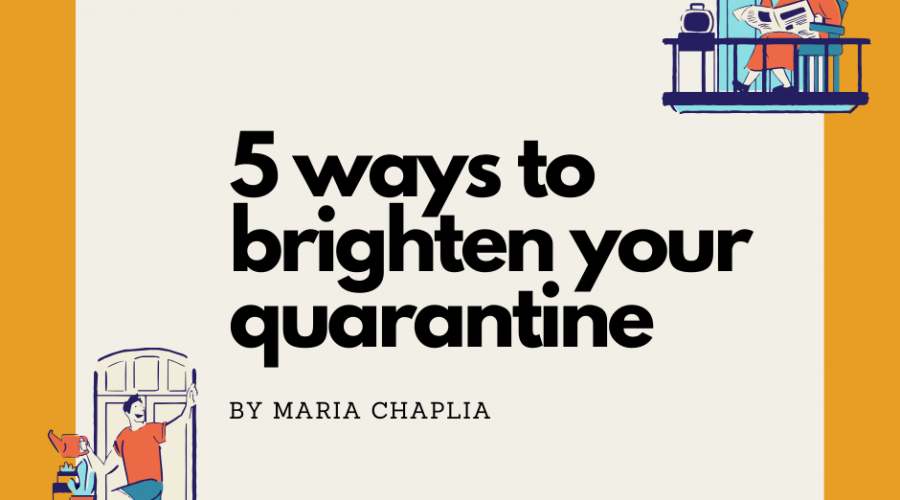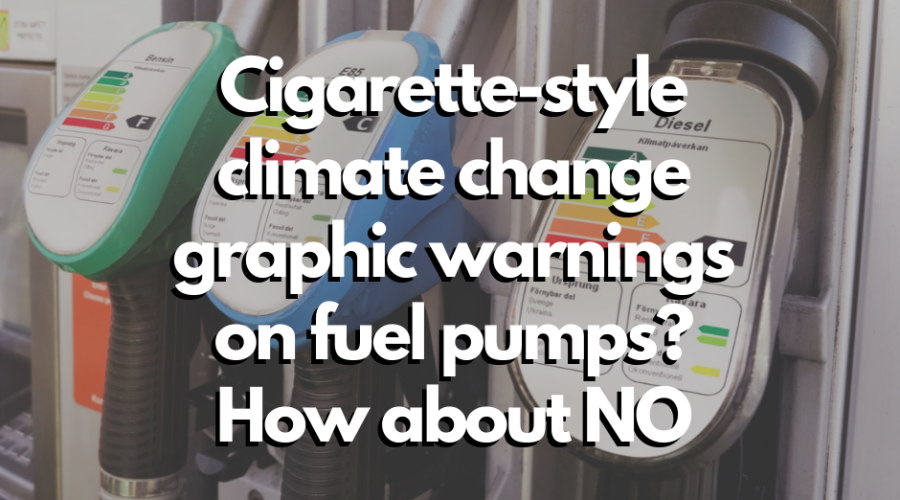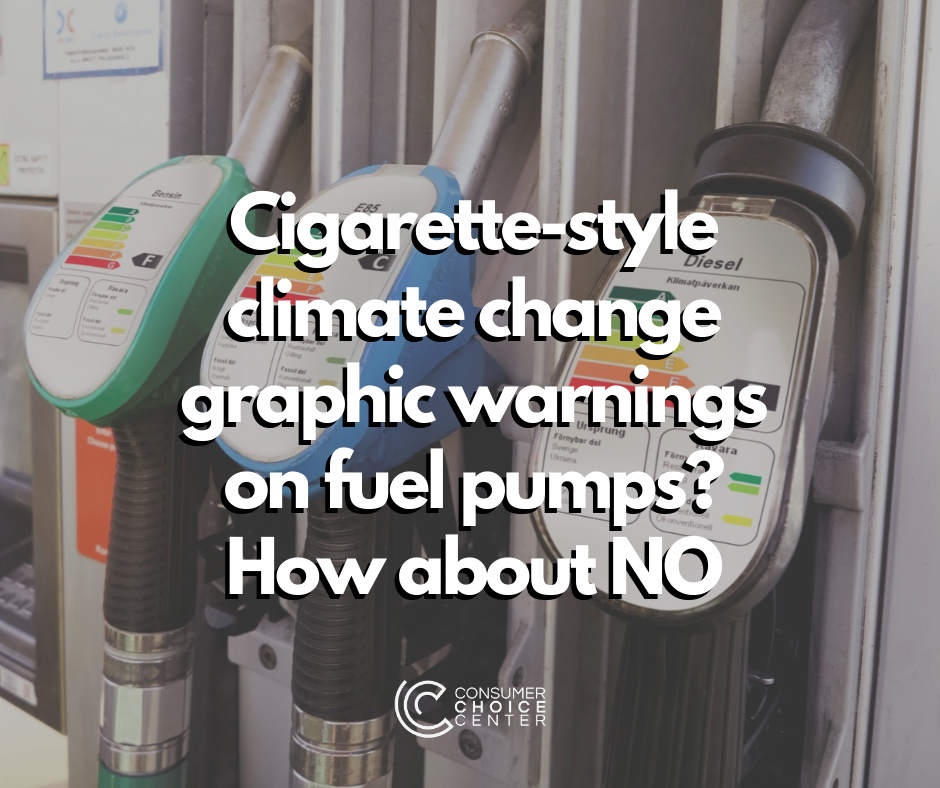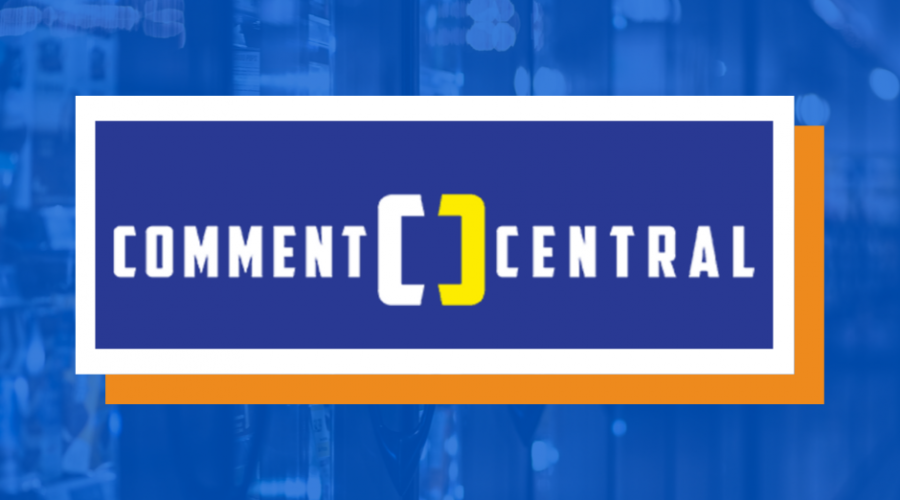Ontario cuts essential workplaces list to limit COVID-19 spread
The Ontario government ordered more workplaces closed — including bricks-and-mortar cannabis shops and some industrial construction sites — in a stepped up campaign to limit the spread of the coronavirus.
“We can’t stop now,” Premier Doug Ford said Friday. “There’s 1,600 people out there who need us to do everything we can in the next 30 days to help save them.”
Public health COVID-19 models show that many people could die by the end of the month unless more stringent social distancing measures are taken.
A new list of businesses were ordered to arrange for staff to work remotely or shutter their operations by 11:59 p.m. Saturday.
“All industrial construction except critical industrial projects will stop,” Ford said. “Only necessary infrastructure projects like hospitals and transporation will continue.”
While no new residential construction projects will be allowed to break ground, those already under construction will continue.
Ford said the vast majority of Ontario workers have now been told to stay home.
“We’ve had to shut down most of our economy,” he said.
Businesses that remain open include those that supply essential services, supermarkets, restaurants for take-out or delivery, alcohol stores like the LCBO, pharmacies, gas stations, funeral services, vets for urgent care only, hotels and cheque cashing services.
Insurance, telecommunications, transportation and maintenance services can also continue.
Stores that sell hardware, vehicle parts, pet and animal supplies, office goods and computer products will only be allowed to provide alternative methods of sale such as curb side pick-up or delivery.
David Clement, of the Consumer Choice Center (CCC), said it was a shame the Ford government is shutting down cannabis retailers.
“This move does nothing but embolden the black market, who will obviously continue to meet consumer demand,” he said in a statement.
The online option for buying from the Ontario Cannabis Store remains available.
Ford said he’s acting on the advice of his Chief Medical Officer of Health in shutting down more sectors of the economy.
However, he said people will still need to access their medication and food.
“As soon as you take that food off the shelves and close down retail you get … anarchy,” Ford said. “You get civil disobedience — people are going to do what they have to do to feed their family — and we don’t want to go to that point.”
Originally published here.
The Consumer Choice Center is the consumer advocacy group supporting lifestyle freedom, innovation, privacy, science, and consumer choice. The main policy areas we focus on are digital, mobility, lifestyle & consumer goods, and health & science.
The CCC represents consumers in over 100 countries across the globe. We closely monitor regulatory trends in Ottawa, Washington, Brussels, Geneva and other hotspots of regulation and inform and activate consumers to fight for #ConsumerChoice. Learn more at consumerchoicecenter.org












